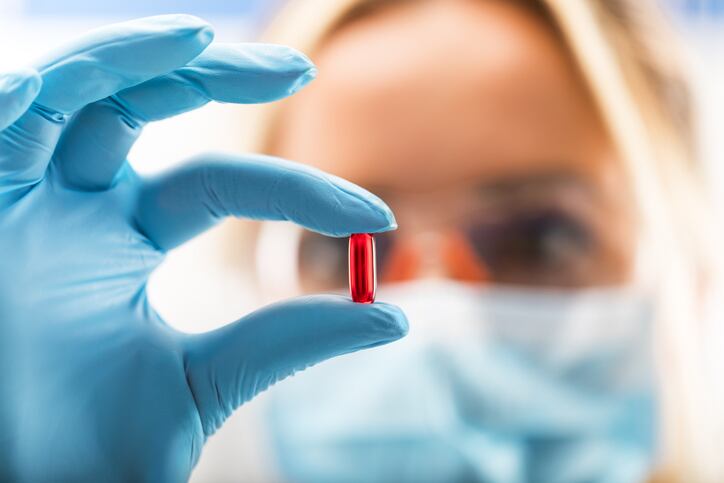The CoQ10 Association is operated by consulting firm Trust Transparency Center. The new testing effort falls under the aegis of TTC’s Ingredient Transparency Center. In the past the organization said it has tested as many as 100 CoQ10 products on the market and found that as many as 25% of them failed to meet label claims.
NOW tests identify worst offenders
More recent testing conducted by CoQ10 Association member NOW on its own account found an even higher percentage of products for sale on Amazon that didn’t meet label claims. According to NOW’s results (it also tested products containing SAMe), only three of the 10 products it tested contained as much as 80% of the stated amount of the ingredient. One other product contained about half as much CoQ10 as the label said it did, while the others contained only trace amounts.
“We are going to test every brand whether in ecommerce or not,” Scott Steinford, founder of Trust Transparency Center, told NutraIngredients-USA.
Bigger sample expected to yield smaller percentage of failures
Steinford said TTC’s earlier testing was based in part on brands that were already suspect in some way, whether by past history, suspiciously low price or other factors.
“Doing test that way we’ve historically seen about 25% of the products fail to meet label claims. But there are more than 300 single ingredient CoQ10 products out there. If we test them all, I think the overall failure rate might come closer to about 10%,” he said.
Independent testing firm Consumer Lab claims that in its testing, most CoQ10 products have met label claim, which seems to square with Steinford’s expectation.
Steinford said as a result of TTC’s earlier testing, five offending products have been removed from the market. Four other brands chose to reformulate their products to bring them within spec, he said.
Effort already under way
Steinford said the new testing effort, which will use accepted USP methodology, has already begun. The first step is to create a list of all potential products. Steinford outlined the subsequent steps this way:
- Identify contact information for all retail brands identified
- Notify all companies of intended testing
- Acquire retail brands and have products tested for assay at a member analytical lab
- All failures will be retested at an accredited third party commercial lab
- Notify companies that fail the secondary test requesting correction
- Obtain response of corrective action or notice of discontinuation of product.
The target date for finishing the testing is the end of the year, Steinford said. A list of companies that failed the testing will be made available upon request, he added.




